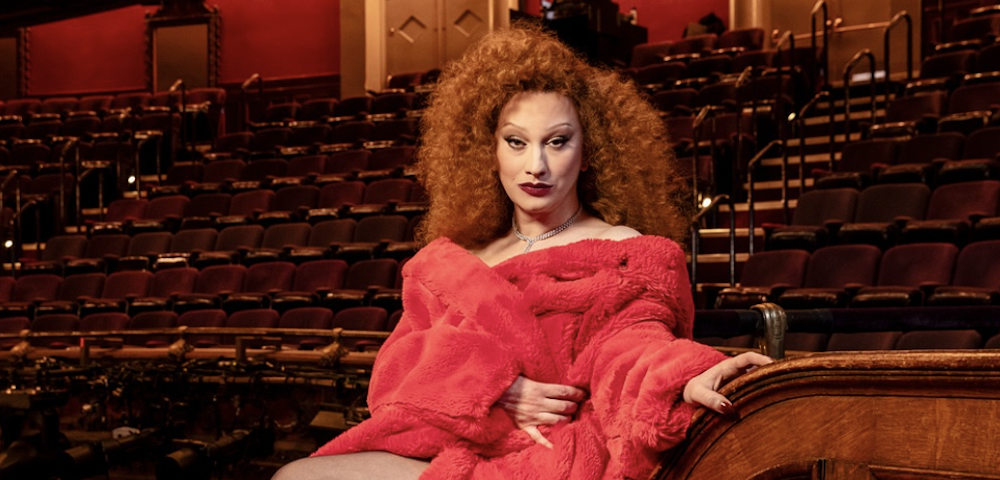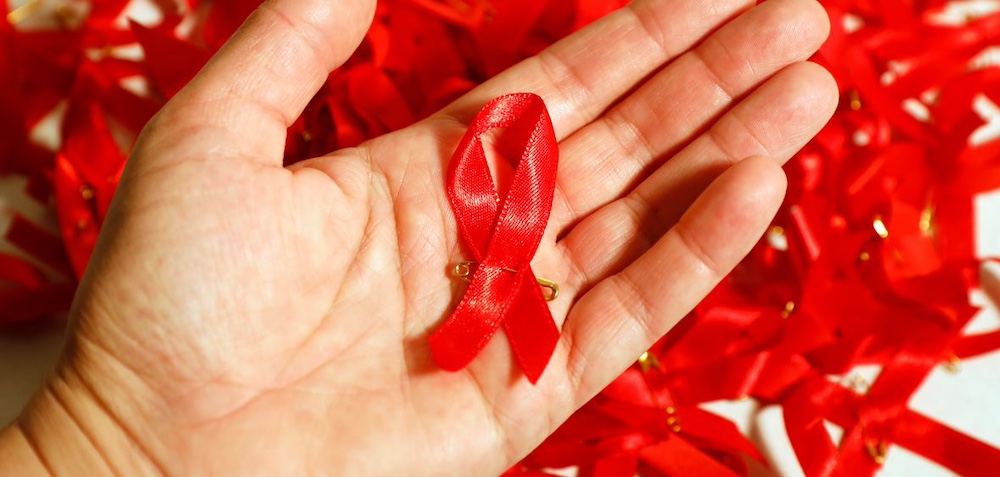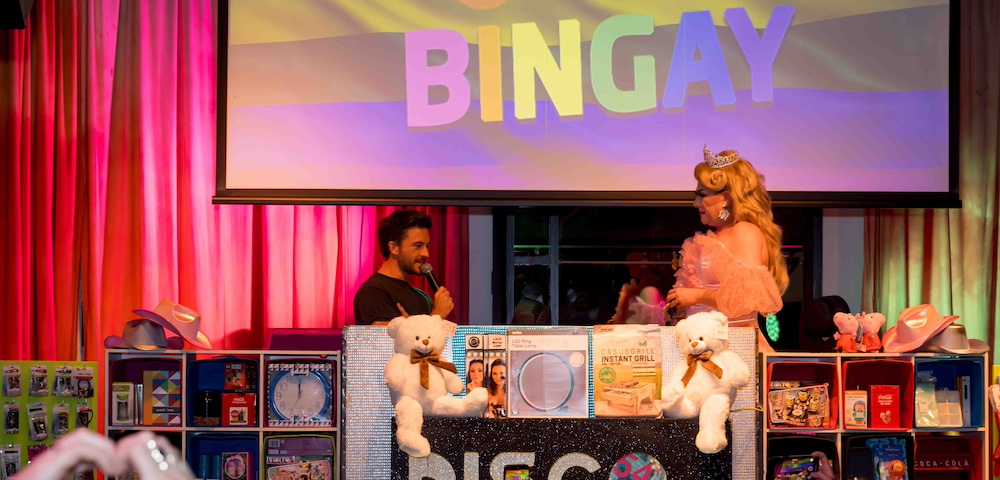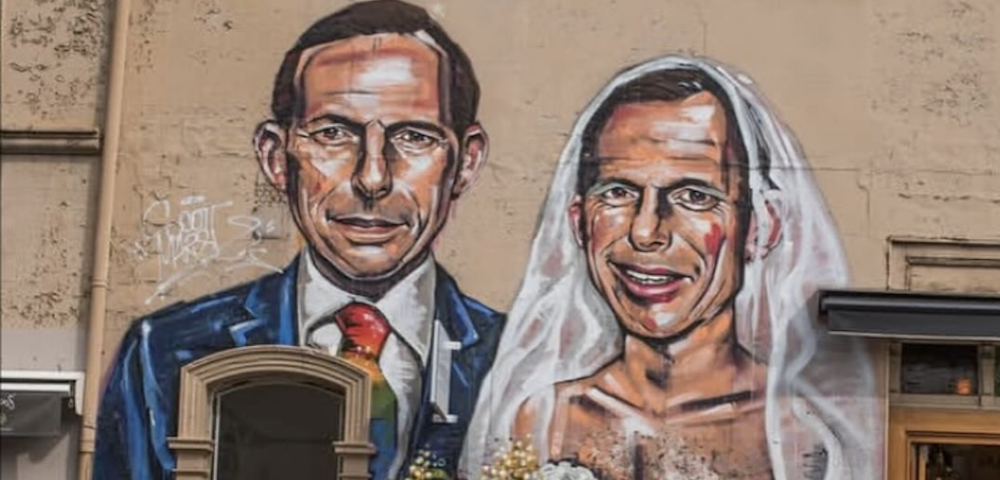
Seek Out and Reclaim Your Queer Heritage
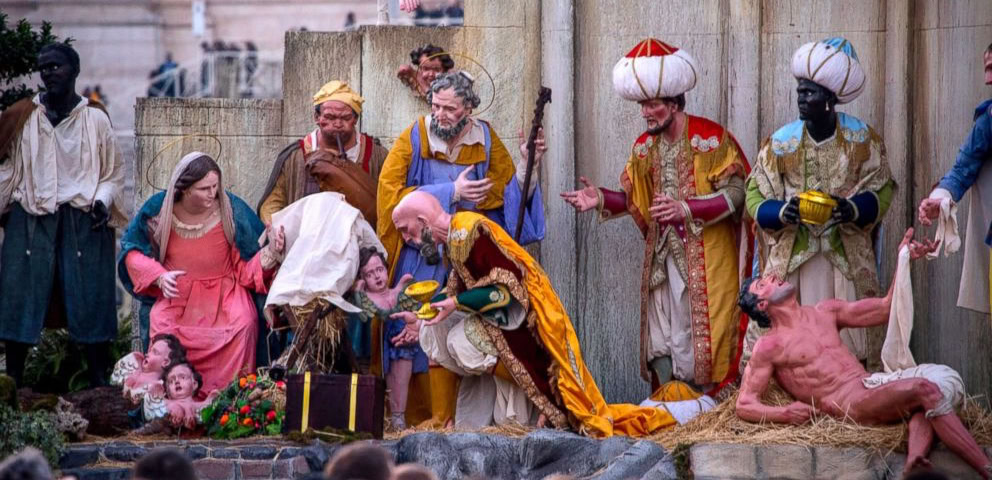
By Dr Maria Pallotta-Chiarolli
In early 2018, Star Observer reported that when an Italian sculptor created an erotic naked feminised male body for the 2017 Vatican Nativity scene, public protests had ensued.
The sculptor, Cantone, is from my family’s Benevento region in Campania, Italy. He defended his work as being from Montevergine, which “has a strong history of this type of art.”
I grew up in Adelaide “knowing” Montevergine. It is the mountain my ancestors climbed as impoverished peasants to worship the Black Madonna, whose skin was dark from working in the fields and having North African roots. At the end of a sun-scorched summer, late September, they climbed the mountain with hypnotic chanting and held a festival of frenzied dancing to prevent the descent into an icy winter of deaths and deprivation.
In Adelaide, late September was spring before a sun-scorched summer. Despite the abundance of food and healthcare, and salaried factory labour instead of subsistence farm labour, the migrants from the Benevento region held their procession to a local church. They walked behind the statue of the whitened Madonna di Montevergine, Aussie money pinned to her gold-embossed robes, and she held a pink, blue-eyed, baby Jesus.
The Patron Saint of Queer Italians
So, after Star Observer gave me this tantalising morsel, I began to research “Montevergine art.”
I found out:
* The peasants danced the tammurriata in pre-Christian times, a frenzied erotic dance.
* The tammurriata was danced for the Goddess Cybele whose temple was later stomped on by a church.
* LGBTQI Italians claim Montevergine because Cybele’s male priests became Femminielli (the third gender), with long adorned hair, make up and dresses; and they castrated themselves.
* The Madonna of Montevergine (or was it Cybele?) carried out the only recorded queer miracle in church history. In winter 1256, she saved a pair of same-sex lovers who had been left to freeze to death, tied to a tree on the Black Madonna/Cybele’s mountain. Today, there are queer pride processions to this unofficial patron saint of LGBTQI Italians, and in the depth of winter, 2 February, queer festivals are held on Montevergine.
I was enthralled, I was proud! My family was descended from the Sannio (Samnite) tribe, the last to hold out against the Romans, and the strega (witch) covens of Benevento. And now I knew I was a direct descendant of the worshippers of Goddess Cybele, and she had morphed into the Black Madonna, patron saint of queer Italians!
DNA memory? Spiritual connections to ancestors?
* Did that explain the women in my ancestry removing the Mal’Occhio (evil eye)?
* Why my family was not homo/bi/transphobic, and denounced Catholic patriarchal hierarchy as corrupt?
* Why I had always felt a casa (at home) as an ally in LGBTQI communities, particularly culturally diverse ones?
But I also felt cheated and deceived.
I research genders and sexualities in pre-colonial and pre-Christian societies and now it was my queer heritage erased by a heteropatriarchal church and culture that had whitened and straightened and sexually repressed.
We must “go back” to our queer heritages in countries of origin, reclaim and proclaim them.
And as queer and ally ethnic-settler-colonisers on First Nations (Australia), we need to queerly decolonise migrant history.
A decolonial queer future demands we wake up from queer colonial historical amnesia.
Dr Maria Pallotta-Chiarolli, AGMC founding ally member, was chief editor of Living and Loving in Diversity: an anthology of Australian multicultural adventures.




